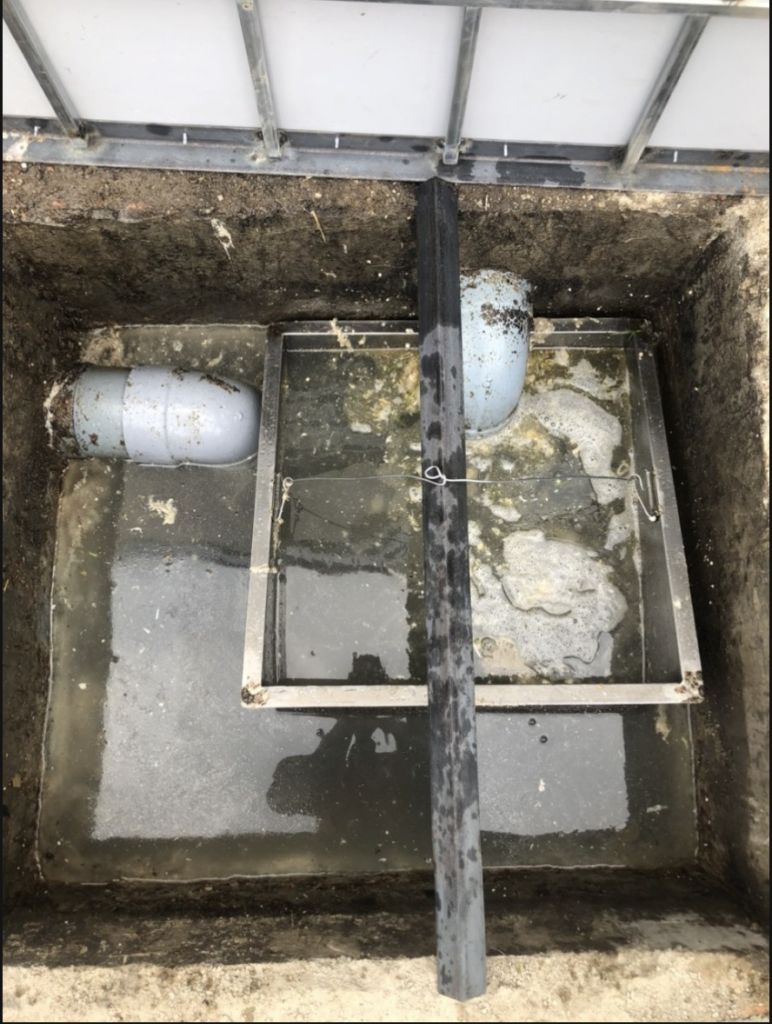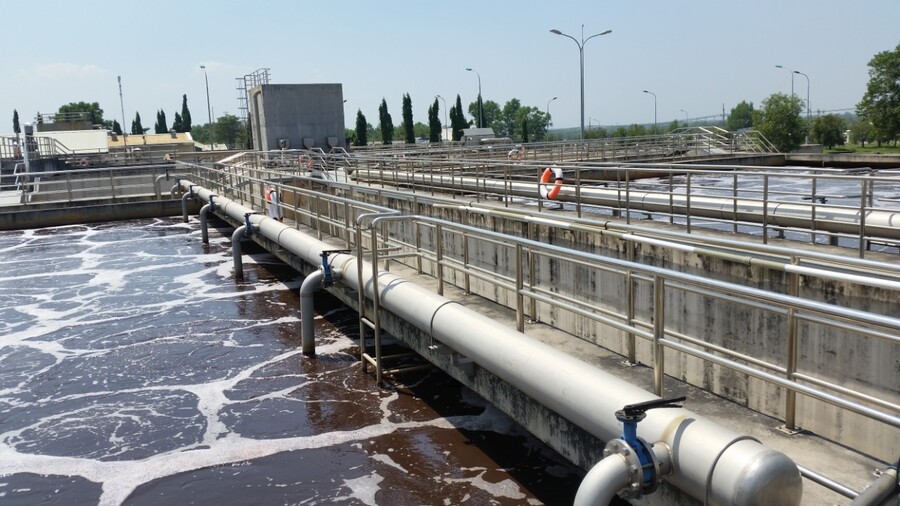During the operation of a wastewater treatment system, the situation where treated water fails to meet standards is a common issue and poses numerous risks, from economic losses to violations of environmental laws. The causes of this situation may stem from technical issues, operational errors, or fluctuations in influent water quality. Therefore, accurately identifying the root cause and promptly applying corrective measures is essential to ensure that the effluent consistently meets national technical regulations (QCVN). This article analyzes common causes and presents effective solutions when treated wastewater does not meet the required standards.
First, it is necessary to analyze key indicators of the treated wastewater such as COD, BOD, TSS, pH, Ammonia, Total Nitrogen, and Total Phosphorus. These values reflect the remaining pollutant levels and the efficiency of the treatment system. Once measured, the results must be compared against the permissible limits according to the applicable National Technical Regulation (QCVN) for each discharge type. Any significant exceedance indicates that the effluent does not meet the required standards.
Evaluating the entire operation process is crucial to identify weaknesses in the system. It's important to check whether the biological and physicochemical treatment stages are operating stably and according to design. Issues such as hydraulic overload, sludge clogging, or technical failures in treatment tanks can significantly reduce treatment efficiency. Even minor undetected problems can accumulate and cause non-compliance in treated water quality.
Sudden changes in influent water quality, especially spikes in pollutant concentration, are common causes of inadequate treatment performance. If wastewater contains high levels of oil, heavy metals, or toxic chemicals, the biological treatment organisms can be inhibited or killed. Uncontrolled waste streams can also exceed the system's design capacity. Thus, it is essential to monitor and analyze sources of discharge to implement localized pretreatment solutions if needed.
Wastewater treatment system efficiency relies heavily on the proper operation of equipment such as pumps, blowers, circulation systems, and sludge collection systems. If any of these components are underperforming, malfunctioning, or shut down, treatment effectiveness will be severely compromised. Additionally, measurement sensors for flow rate, pH, DO, etc., if miscalibrated or unchecked, can lead to incorrect operation. Regular equipment inspection is therefore essential when identifying treatment failures.

Summary of causes of non-compliant treated wastewater
One of the first steps is to review and adjust the operating conditions of the wastewater treatment system. Optimizing flow rate, retention time, and chemical dosage can significantly enhance treatment efficiency. Moreover, maintaining stable DO, pH, and temperature levels in biological tanks creates optimal conditions for microbial activity. Even small operational changes can noticeably improve effluent quality.
If the current system fails to meet standards, it may be necessary to install supplementary treatment units. This can include sand filters, activated carbon, or coagulation-flocculation systems to remove residual pollutants. Consider upgrading to advanced biological processes such as MBBR, SBR, or AAO to improve organic and nutrient removal. The right technology combination ensures that the system complies with discharge regulations.
Microorganisms play a critical role in wastewater treatment, so when performance declines, specialized microbial additives should be considered. Selected strains must match the wastewater characteristics and treatment environment. It’s also important to monitor and adjust the F/M ratio (food to microorganism) to prevent shock loading. Maintaining a healthy microbial community ensures long-term system stability.
If a specific discharge source contains high concentrations of toxic or inhibitory substances, it should be isolated and pretreated before entering the main system. This prevents microbial inhibition and system overload. Install pretreatment units such as neutralization tanks, physicochemical settling tanks, or oil separators at source points. Localized treatment reduces load on the main system and improves overall water quality control.

Remedial actions for non-compliant treated wastewater
An automated monitoring system should be implemented to continuously track parameters like pH, DO, COD, and NH₄⁺, and to provide alerts when thresholds are exceeded. This enables timely detection and response to incidents, avoiding prolonged non-compliance. A maintenance and calibration schedule should also be established to ensure equipment accuracy and stability. A well-designed monitoring system acts as an "early warning sensor" for the entire treatment process.
Operators must be fully trained in system principles and incident handling skills. Understanding the process and function of each treatment stage helps ensure quick and accurate responses to issues. Regular training sessions should also be organized to update knowledge on new technologies and environmental regulations. A skilled workforce is a cornerstone of consistent treatment performance.
Comprehensive assessments of system performance should be conducted monthly or quarterly to identify any weaknesses or equipment degradation. Indicators such as BOD, COD, and ammonia removal rates should be tracked and analyzed. Based on results, upgrades or technology improvements may be proposed if flow or pollutant loads change over time. Regular reviews help the system adapt to fluctuations and maintain consistent effluent quality.
If the enterprise lacks in-house expertise or seeks optimal performance, outsourcing wastewater treatment operations is a viable solution. Companies like Dai Nam provide end-to-end services including operation, maintenance, and troubleshooting to ensure compliance. They continuously update technologies and assist in process improvements tailored to actual needs. Partnering with professionals not only minimizes legal risks but also allows businesses to focus resources on core operations.
Dai Nam is a professional operator helping businesses take control of wastewater quality
If undetected and improperly handled, non-compliant treated wastewater can directly impact business reputation, operations, and legal responsibilities. Thus, adopting integrated solutions such as operational improvements, technology upgrades, enhanced monitoring, and especially partnering with professional operators, ensures sustainable treatment performance. Proactively controlling wastewater quality is not only a legal obligation but also a commitment to sustainable development and environmental protection.